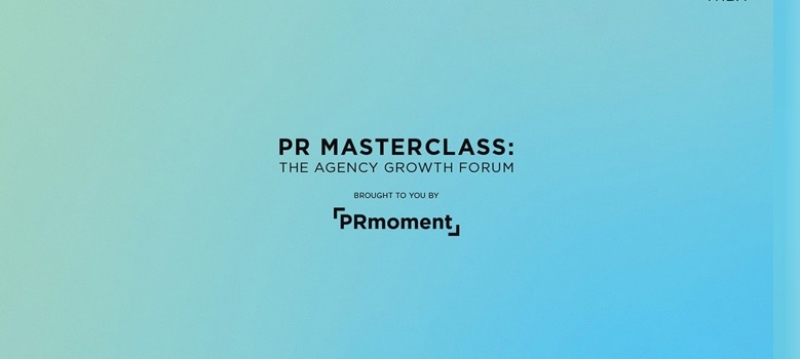 There has been no shortage of PR hyperbole surrounding the latest launches in the world of artificial intelligence (AI). Google Assistant, Royal Bank of Scotland’s new online "chatbot" called Luvo (who thinks up these names?) and Amazon’s personal assistant, Echo, are just a few of the many products that have been launched on the market in recent months.
There has been no shortage of PR hyperbole surrounding the latest launches in the world of artificial intelligence (AI). Google Assistant, Royal Bank of Scotland’s new online "chatbot" called Luvo (who thinks up these names?) and Amazon’s personal assistant, Echo, are just a few of the many products that have been launched on the market in recent months.
The idea that AI could displace people can no longer be dismissed as an outlandish theory. The Associated Press newswire is already using an AI platform called Wordsmith to write sports reports; and Visitone’s AI is being used in the Donald Trump presidential campaign, automatically scanning speeches and statements made by Democratic candidate Hillary Clinton for strange or angry moments that could be used as the basis for attack ads. That’s the kind of work that an intern or junior employee might have done if there wasn’t an algorithm doing it for them.
If a robot can write sports reports and track media coverage is it possible that AI systems will soon start to be used in the PR industry to replace human employees? Given the tasks that AI currently performs it’s easy to see how it could be used to prepare a media coverage report, search for launch venues, prepare a simple press release or even prepare a PR proposal. Some public sector bodies already use electronic evaluation for public tenders so it wouldn’t seem unreasonable to use AI tools to pull together some of the statutory information that is required. It makes perfect sense from a business standpoint.
A person could never work as hard or as quickly as AI does and they don’t call in sick or take holidays! People simply cannot match the speed of a computer that can sift through reams of information near-instantaneously. An AI system also cannot become distracted from its work with personal chores or social media and won’t fall out with colleagues, unless, I suppose, there is a problem with the wifi connection. Anything that can be done automatically should be, if efficiency and cost savings are the goal.
There are definitely still parts of PR work that are much better suited to being done by human employees. In many ways you might consider PR to be the ultimate automation-proofed industry; it demands a high degree of social chemistry, a sensitive grasp of language, as well as the ability to quickly adapt to the changing tides of public opinion. Whilst a machine can certainly understand the concept of trends in human reactions, it can’t independently evaluate a campaign, or gauge when something runs the risk of offending people. It can’t tell you when your best-laid plans have gone horribly awry, necessitating swift and comprehensive damage control. These are things that every competent PR professional can do, and those skills are what will keep the job role useful, and human, in the future.
Ultimately, effective PR cannot be reduced to a simple equation. It is a dynamic and demanding process that requires an extensive understanding of human emotions and how to manipulate them, and AI can’t quite match us in that particular department yet. While we can probably expect a reduction in the number of PR roles in the industry overall, humans still have a definite place in this line of work.
Article written by Mark Knight, director at comms firm Four Broadgate
PR Masterclass: The Agency Growth Forum
Our experts will each give you a 20-minute Masterclass on what we've identified as the 11 most important elements in running a modern, profitable and successful PR firm.
Taking place on Wednesday 26th November in London, both virtual and in person tickets are available.
Tickets on sale now!
PR MasterclassIf you enjoyed this article, sign up for free to our twice weekly editorial alert.
We have six email alerts in total - covering ESG, internal comms, PR jobs and events. Enter your email address below to find out more:








